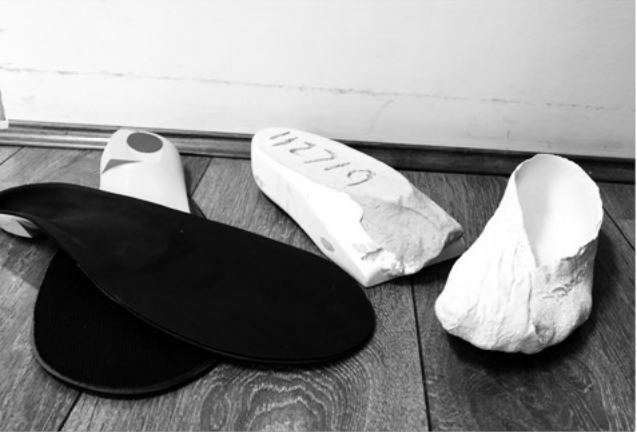
In addition to manual therapies, foot orthotics play an important role in a podiatrist’s tool kit for best practice treatment plans and individualised patient care. Every patient has different gait patterns (biomechanics), weight, height, footwear andactivity – therefore results can vary, as do orthotics.
Podiatrist should discuss the full range of benefits that come with orthotics – including fit, comfort and durability. Consumers should also discuss the option of customise versus off the shelf orthotics with their podiatrist, so there is a greater understanding of the individual benefits.
What Are Foot Orthotics?
Also known as orthoses, orthotics are orthopaedic devices designed to support, align or improve the function of the foot or the whole body. There are two types of orthotics – off the shelf or customise. Custom made orthotics are prescribed to treat or correct the patients individual pathologies – much like prescription glasses. Orthotics should not be used in isolation, but as part of an overall treatment plan prescribed by the podiatrist.
What Are The Benefits?
Orthotics can provide pain relief by redistributing the pathological loads away from symptomatic areas. Orthotics also can help to realign the posture to alleviate pain in the feet, ankles hips
and knees.
Who Wears Orthotics?
Orthotics can be used to treat some acute sports injuries of the lower limbs such as;
- Strains
- Sprains
- Tears
- Acutely inflamed tendons
- Fractures
They are also used to provide relief from pain caused by chronic conditions such as;
- Osteoarthritis
- Rheumatoid Arthritis
Orthotics can also relive pain from foot deformities such as;
- Bunions
- Claw Toes
- Neuromas
- Bursitis
In addition, Orthotics may be used for paediatric conditions such as;
- Toe Walking
- In-Toeing (“Pigeon Toes”)
- Out-Toeing
- Flat Feet
- Severs

